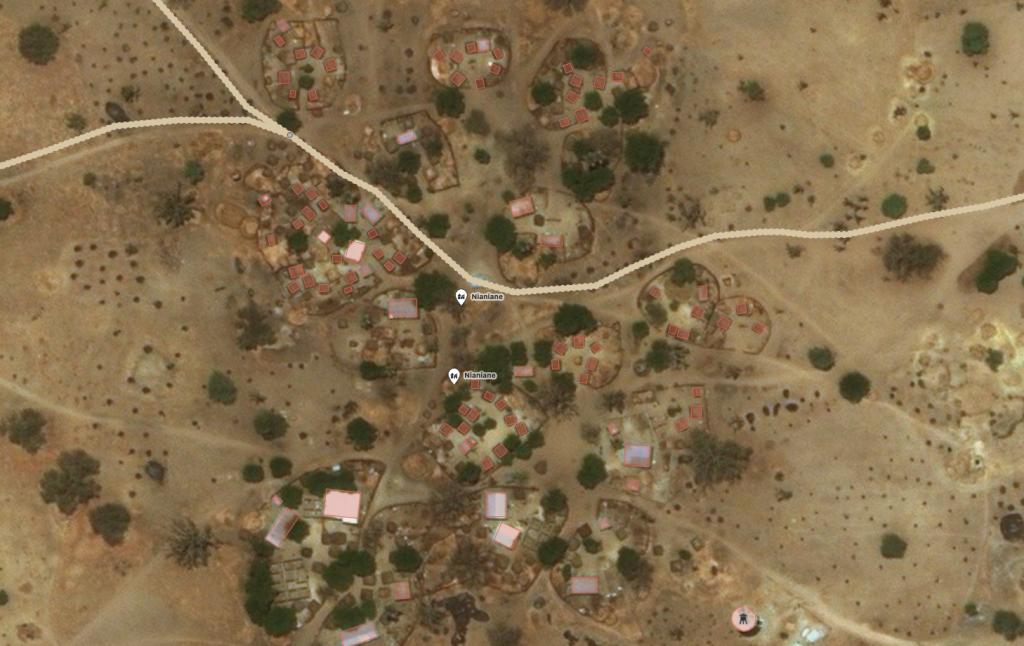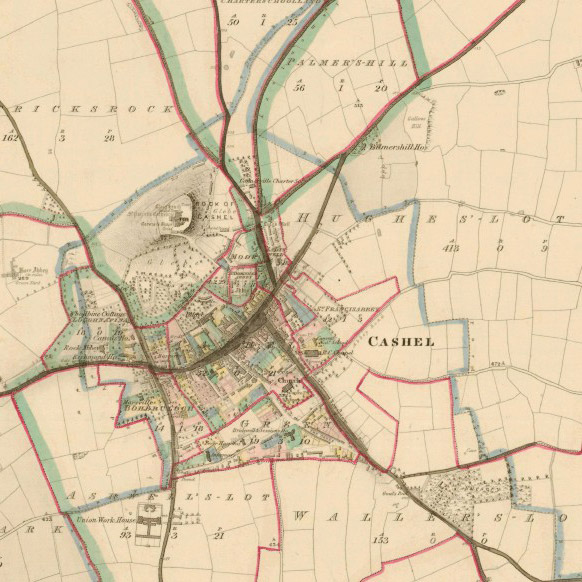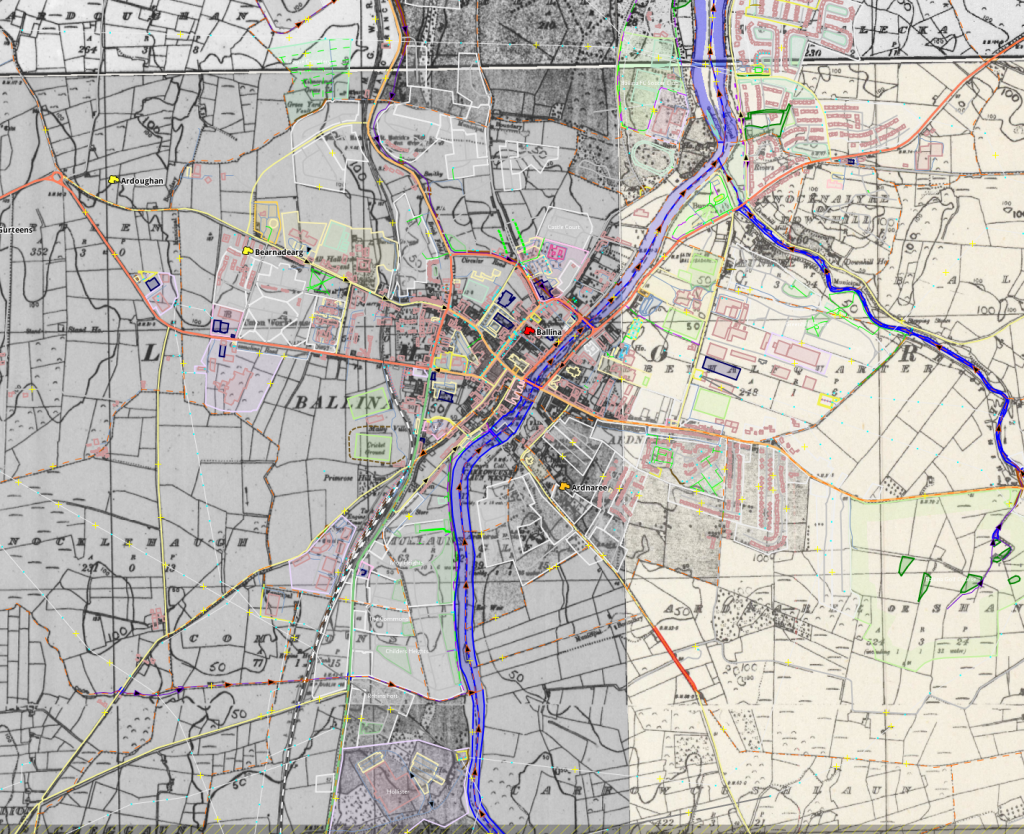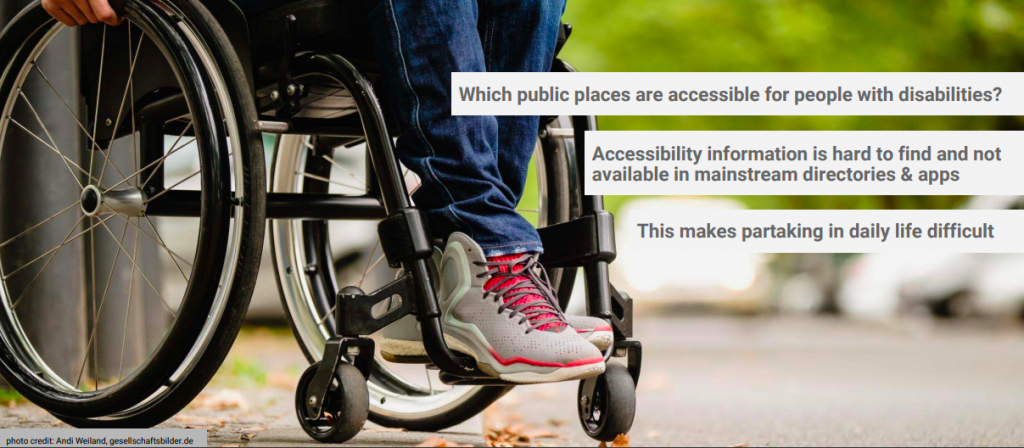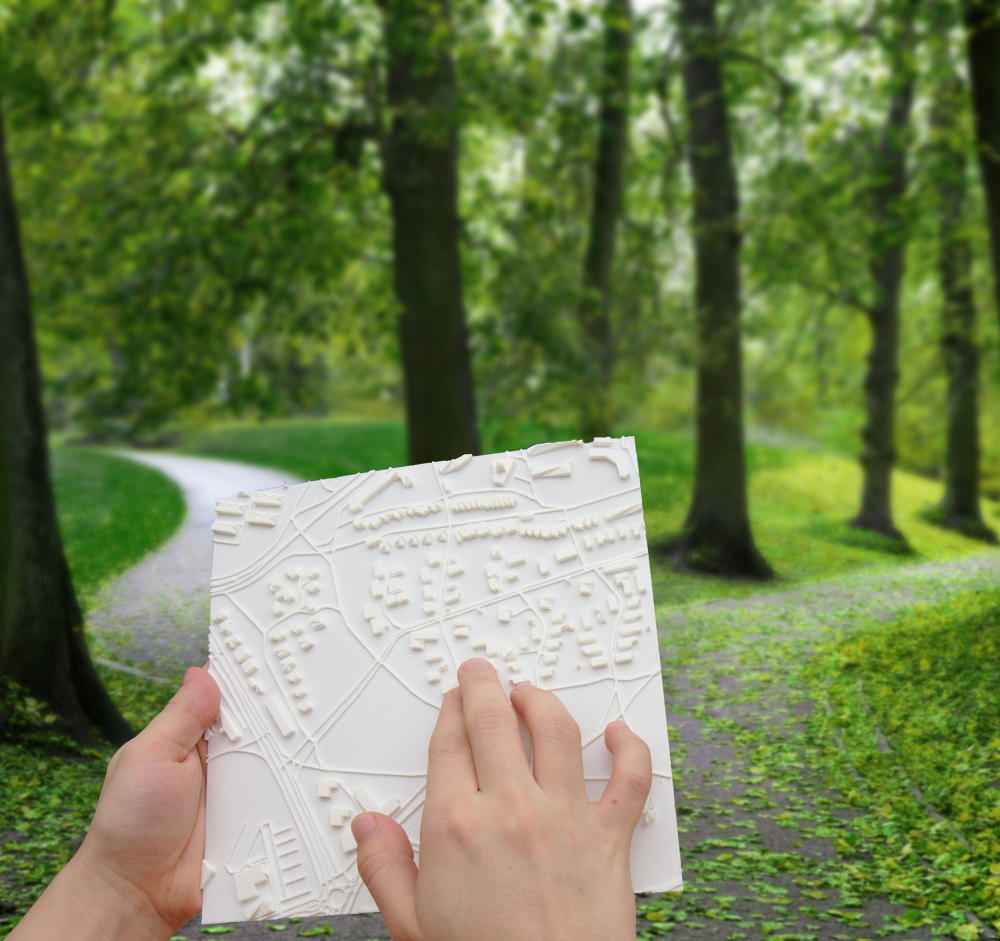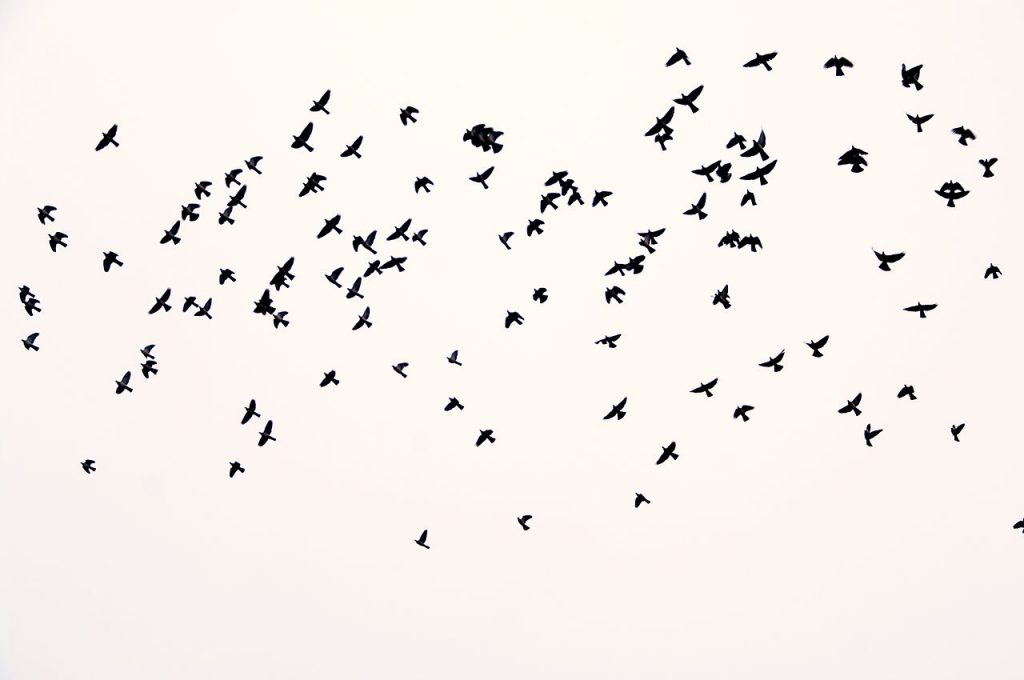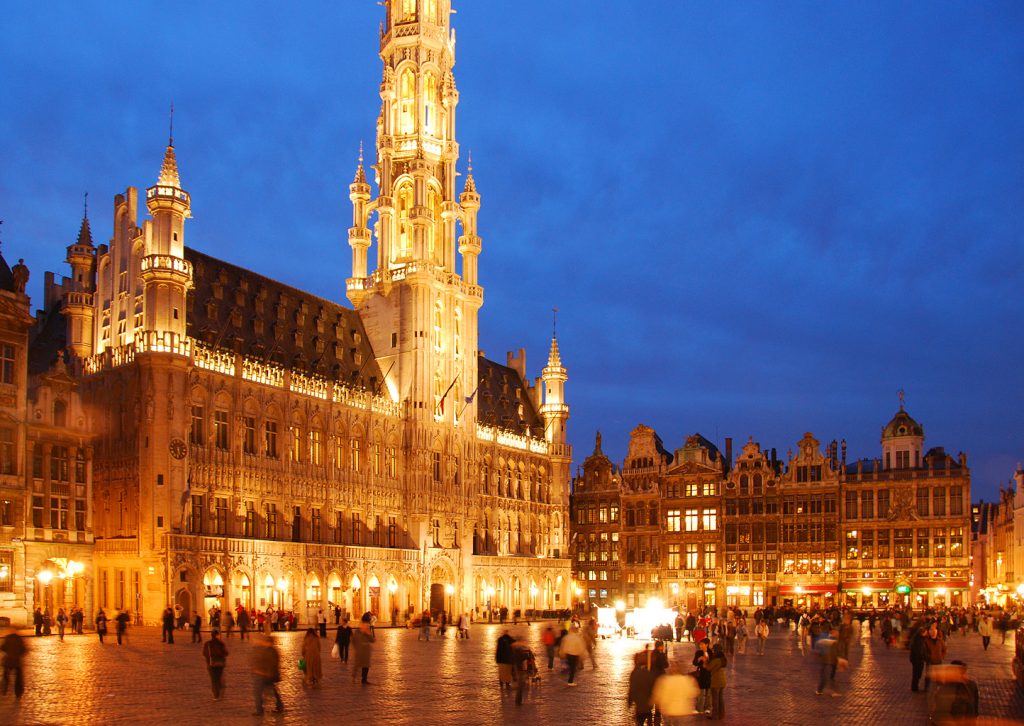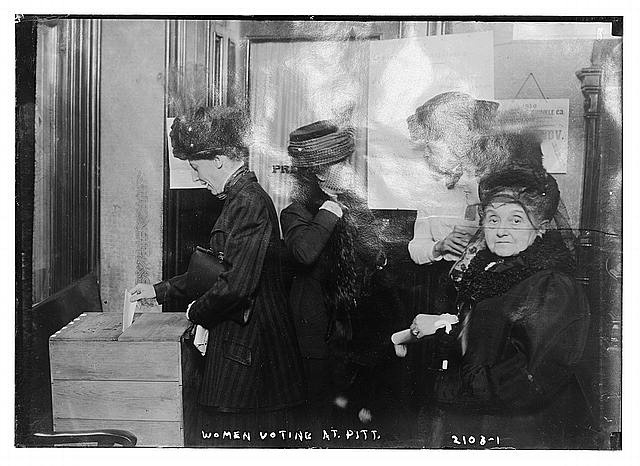The launch of the Overture Maps Foundation is a significant development in the world of open map data. The founding members of Overture are influential tech industry leaders, and have committed a lot of resources. While many details of Overture remain unclear, the OpenStreetMap Foundation is interested to get a better understanding of the project. In the best scenario, OpenStreetMap would benefit from Overture’s advancements in software development, from the data and from funding. However, we also recognise risks, and will continue to develop our ability to grow the community and to fund our infrastructure and future development.
OpenStreetMap data is available for anyone to use, from hobby map makers to global corporations, and we encourage Overture to do the same, following our community expectations and licensing terms. The technical problems that Overture is addressing, such as quality checks, data integration, and alignment to schemas, are valuable for any map data provider. We know data consumers have been working on these challenges in isolation for too long, and by bringing these issues out into the commons, and open sourcing the tools, we can all benefit.
Following the announcement, we have had informal conversations with some people involved in Overture to ask questions and learn more. In particular, we asked about how work scoped in Overture overlaps with OpenStreetMap, and what the future involvement of member companies in OpenStreetMap will be. The answers have been helpful, though many questions remain. We have encouraged Overture to engage with our community and to share their plans publicly. We’ll share a few points here that were discussed informally.
Everyone we talked to emphasised that Overture is not intending to replace or fork OpenStreetMap. They see the work as complementary. The individual companies expect to continue working directly with OpenStreetMap, and may even increase their involvement, including financial contributions. Map edits that are right for OpenStreetMap, should go to OpenStreetMap. This stated commitment to OpenStreetMap’s work and community also suggests that the companies and Linux Foundation are on board to support OpenStreetMap financially. Overture has come together with a small group, and the intention is to grow and work out many details. They welcome OpenStreetMap involvement in the form that makes most sense.
The OpenStreetMap community has vast experience and knowledge in working with the diverse and complex realities of geographic data and compiling it into a unified global dataset. This knowledge can be supported but not replaced by automated approaches. We firmly believe that our community-driven approach to data collection will remain foundational to any global map. The mission of the OSMF to support the growth and development of OpenStreetMap community is more important than ever.
We encourage Overture to engage with the Foundation and the OpenStreetMap community, and make us a part of Overture’s strategic discussion holistically. Through good engagement, we can identify areas to collaborate and bring improvements to the core of OpenStreetMap, rather than creating duplicate or competing efforts. The resources that Overture’s founders are investing into the project, and their stated commitment to OpenStreetMap’s work and community, show the value they place on good maps, and the potential for supporting improvements in areas core to OpenStreetMap’s mission. We welcome Overture to discuss with the OSMF Board, and to explore the best ways to facilitate ongoing communication, decision-making, collaboration, and support.
